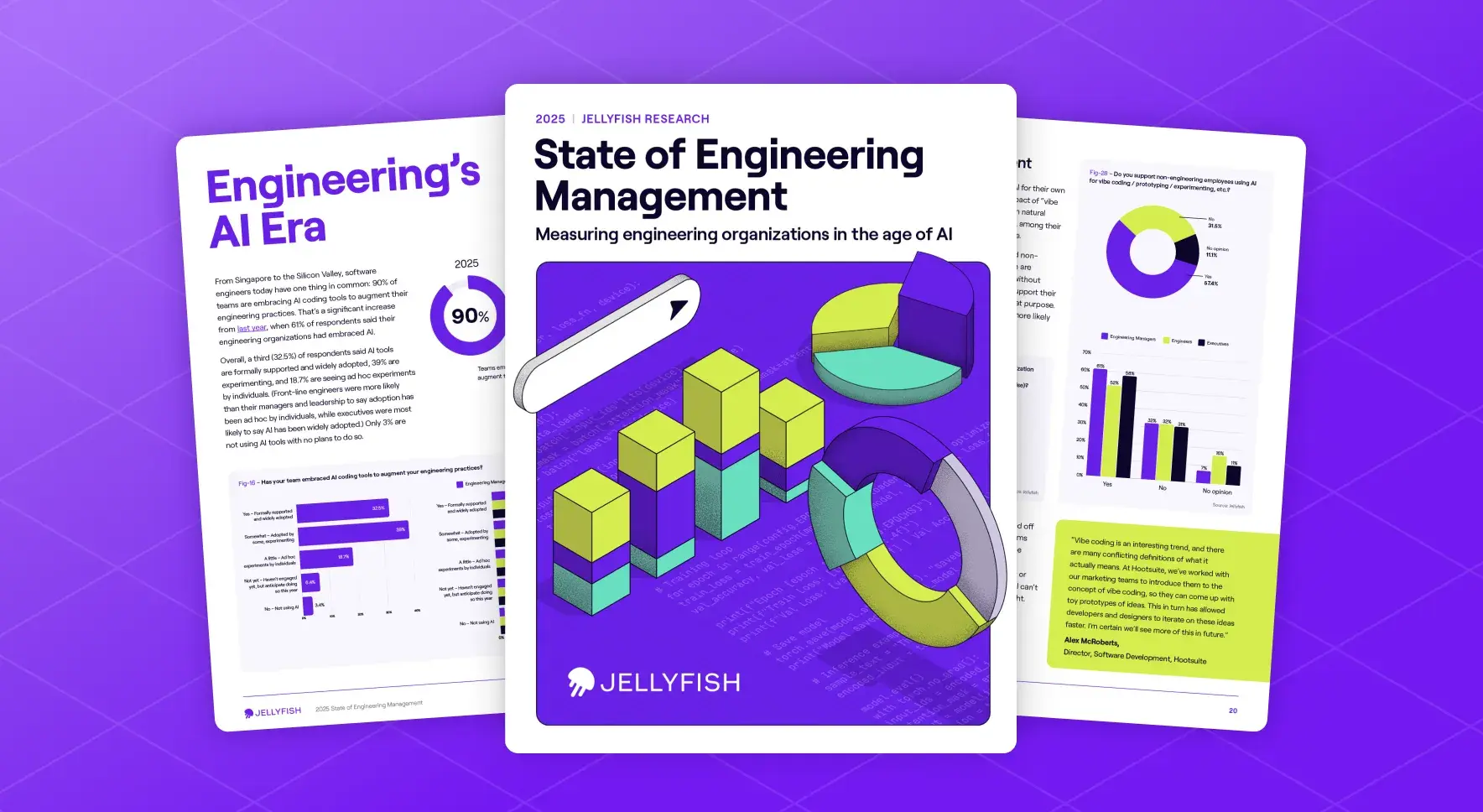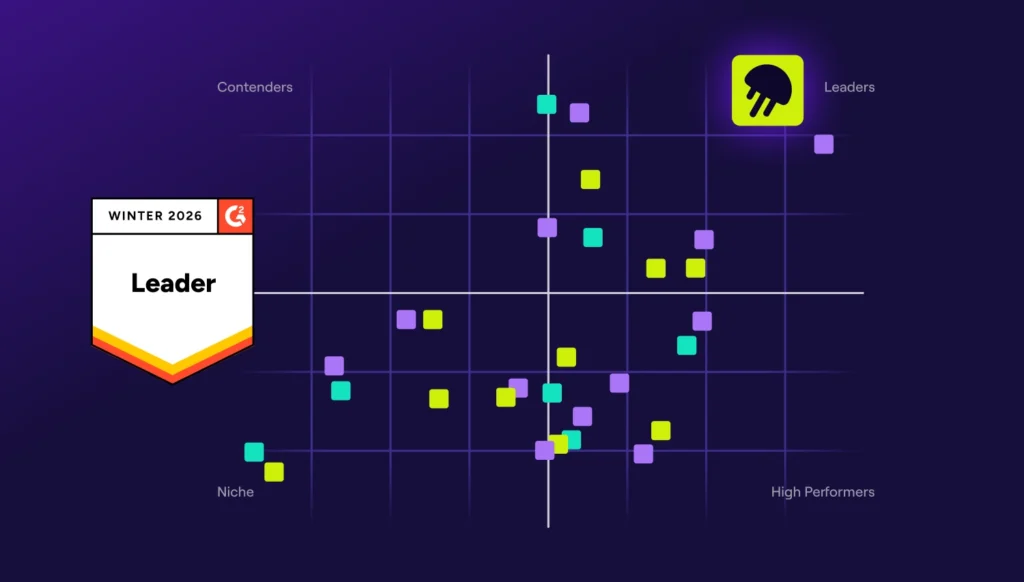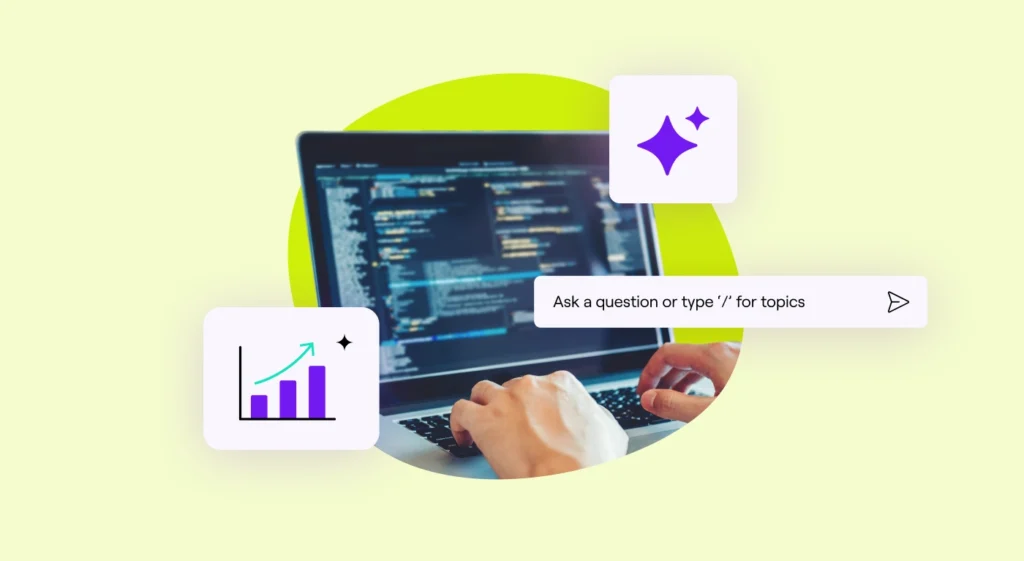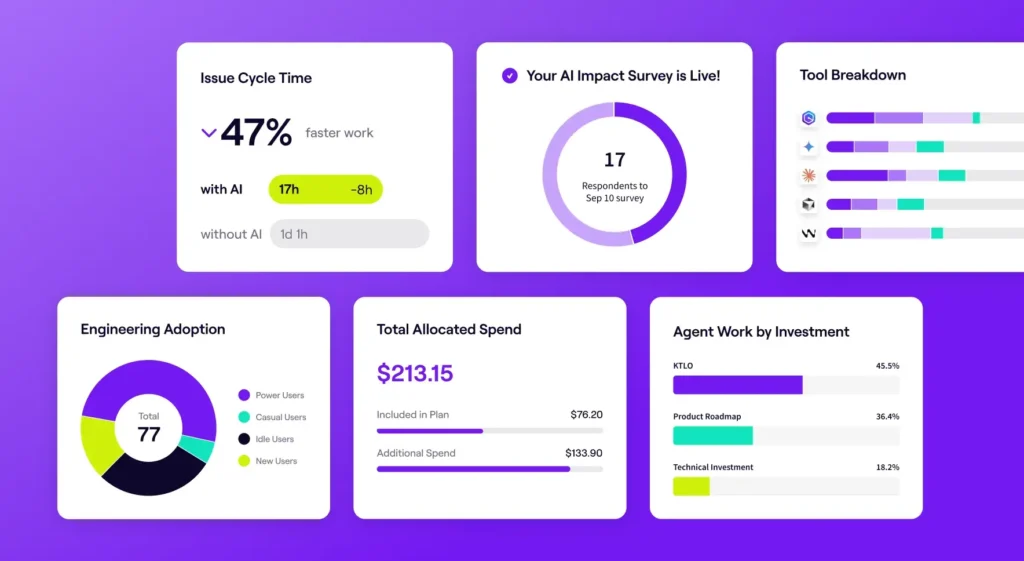AI has officially arrived – not just in headlines or hypothetical scenarios, but in the daily workflows, budgets, and decisions made by modern software development teams and their leaders.
The 2025 State of Engineering Management report, based on responses from more than 600 engineering professionals, takes the pulse of the industry at a moment of profound transition.
AI is boosting developer productivity. But it’s also raising expectations. Engineers are adopting powerful new tools. But they’re also wrestling with burnout, organizational complexity, and market uncertainty. The result? A nuanced look at what it means to build software in the AI era.
AI: From experimental to essential
AI: From experimental to essential
This year’s report showed just how quickly – and thoroughly – AI has been embedded throughout the software development lifecycle. The 2025 SEMR found:
- 90% of engineering teams are now using AI coding tools, up from 61% just a year ago.
- The most common use? Writing code – with tools like GitHub Copilot, Gemini Code Assist, Amazon Q and Cursor leading the way.
- 62% of respondents say they’re seeing at least a 25% increase in productivity, and they expect even more in the year ahead.
But our findings show that these trends are about more than the technology itself. AI is changing how teams plan, code, collaborate and measure success. More than 81% of those surveyed in this year’s report expect at least a quarter of today’s development work to shift to AI within five years.
So what’s powering this shift? AI adoption is coming from the top down and bottom up. Nearly half of all teams encourage grassroots experimentation with AI, while many leaders are investing in licenses, reviewing tools for security, and publishing AI usage policies.
We found that more than 38% of companies are adding net-new spend on AI tools, and 23% are reallocating headcount budgets to pay for them. Notably, 48% of companies are already using two or more AI coding tools, indicating that we’re still in an exploratory phase, with organizations trying different combinations to see what works best.
Engineers are clear-eyed, but optimistic
Engineers are clear-eyed, but optimistic
Despite the excitement, engineering leaders remain clear-eyed about the challenges ahead. Among their top concerns:
The hype gap: Leaders worry that over-promising could lead to underwhelming results. 67% of respondents predict a velocity and productivity increase from AI of at least 25% in 2026. That sentiment is backed up by real world engineering data and industry wide surveys which consistently show 30-50% faster throughput for engineers who engage deeply with AI over those who don’t. But while strong, these gains aren’t in line with the 10X increases in productivity some have predicted.
The notion of “10x engineer” productivity remains aspirational, observed mainly in edge cases: greenfield projects, AI-native workflows, and deeply enabled teams. AI adoption in software engineering is no longer optional, but unlocking its full value demands more than access. It requires intentional measurement, structured enablement, and cultural investment. This is not a tooling upgrade – it’s an organizational transformation.
– Andrew Lau, Co-Founder & CEO, Jellyfish
Code quality and sustainability: Junior developers empowered by AI may generate more code – but also the potential to introduce more bugs. More code overall means that teams might also risk creating new tech debt faster than they can pay it down.
Junior/less skilled engineers/people with no software engineering background can generate 10x more buggier/low performing code (or in general, code that is not aligned with IDP) thanks to AI. The quantity of AI-generated code then can create a capacity problem with maintenance/sustaining, until we get to a point that the whole ecosystem is integrated well enough and AI can analyse and understand production issues and match it with possibly buggy code.
– UK-based engineering leader
Still, the optimism is palpable. Teams are betting that AI will allow them to shift away from maintenance work toward more strategic roadmap initiatives. Although some industry analysts predicted that AI coding would result in engineers doing more toil work to fix bugs and keep the lights on (KTLO), we found that the opposite is true. A full 44% of respondents expect time spent on roadmap work (rather than maintenance work) to increase with the aid of AI, while 28% think it will stay the same and 21% say it will decrease.
AI alone isn’t enough
AI alone isn’t enough
As AI adoption accelerates, so does the need for intentional measurement. It’s no longer enough to say you’re using AI. Leaders need to prove the ROI. That’s where engineering metrics come in.
- 61% of companies increased their engineering budgets in 2025 – a sign of confidence, but also pressure.
- Yet only 20% of teams say they’re using engineering metrics to measure AI impact, leaving a gap between investment and accountability.
- More teams are adopting Software Engineering Intelligence (SEI) platforms like Jellyfish to bridge that gap, tracking how AI affects productivity, roadmap velocity, and team health.
For Jellyfish Co-Founder and CEO, Andrew Lau, “AI adoption in software engineering is no longer optional, but unlocking its full value demands more than access. It requires intentional measurement, structured enablement, and cultural investment.”
Navigating uncertainty
Even in a turbulent market, engineering leaders are moving ahead. They’re offshoring to control costs. They’re adopting new tools to drive efficiency. They’re investing in team training and better workflows.
Most importantly, they’re doing all this while managing burnout, balancing budgets, and aligning engineering with business outcomes. The 2025 State of Engineering Management offers a roadmap for how to lead through this moment – with data, an eye on developer experience, and strategic thinking.
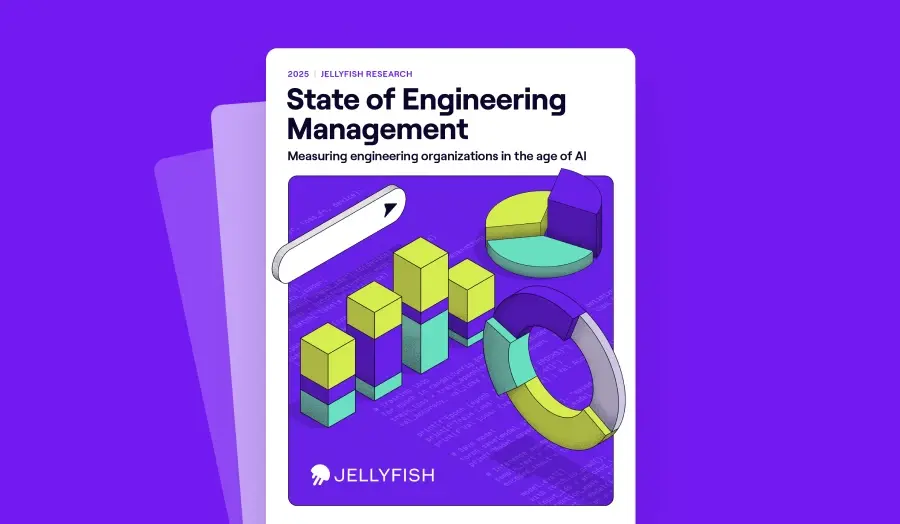
2025 State of Engineering Management
Discover how leading organizations are measuring AI’s impact, reshaping engineering workflows, and preparing for the future of software development.
Read the reportAbout the author

Gail is Senior Content Marketing Director at Jellyfish.
